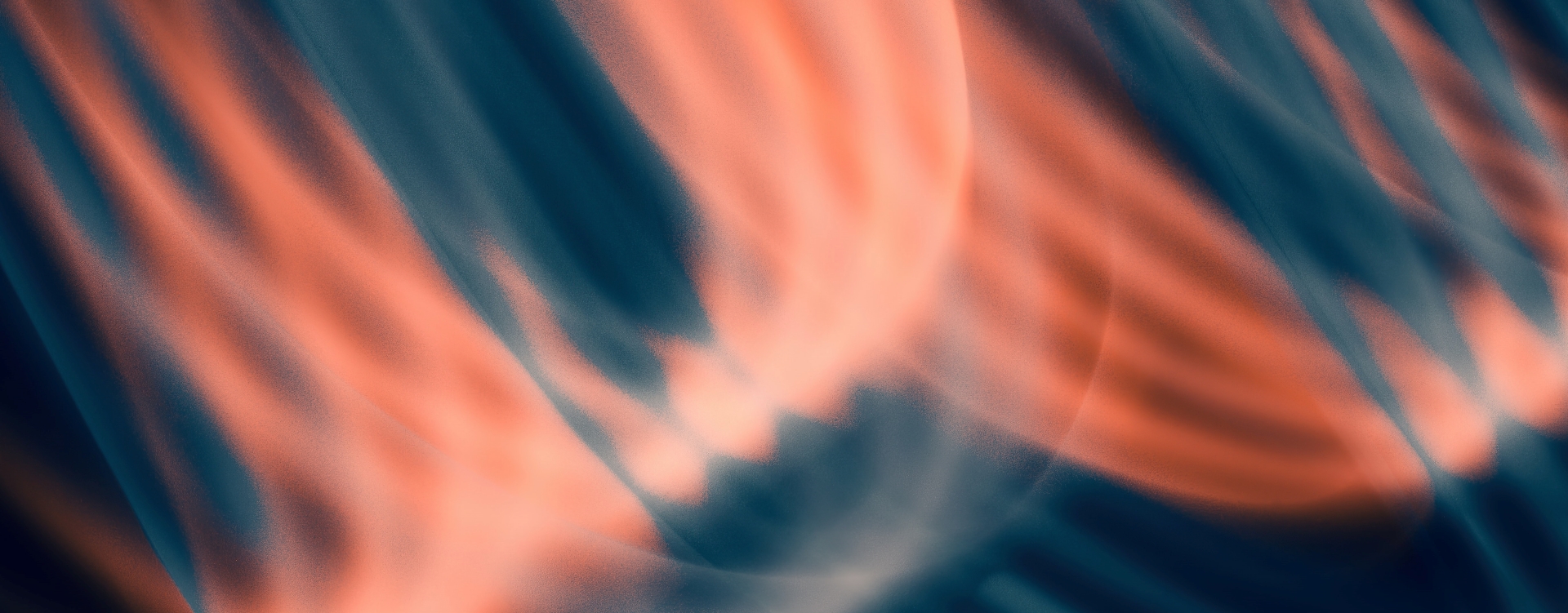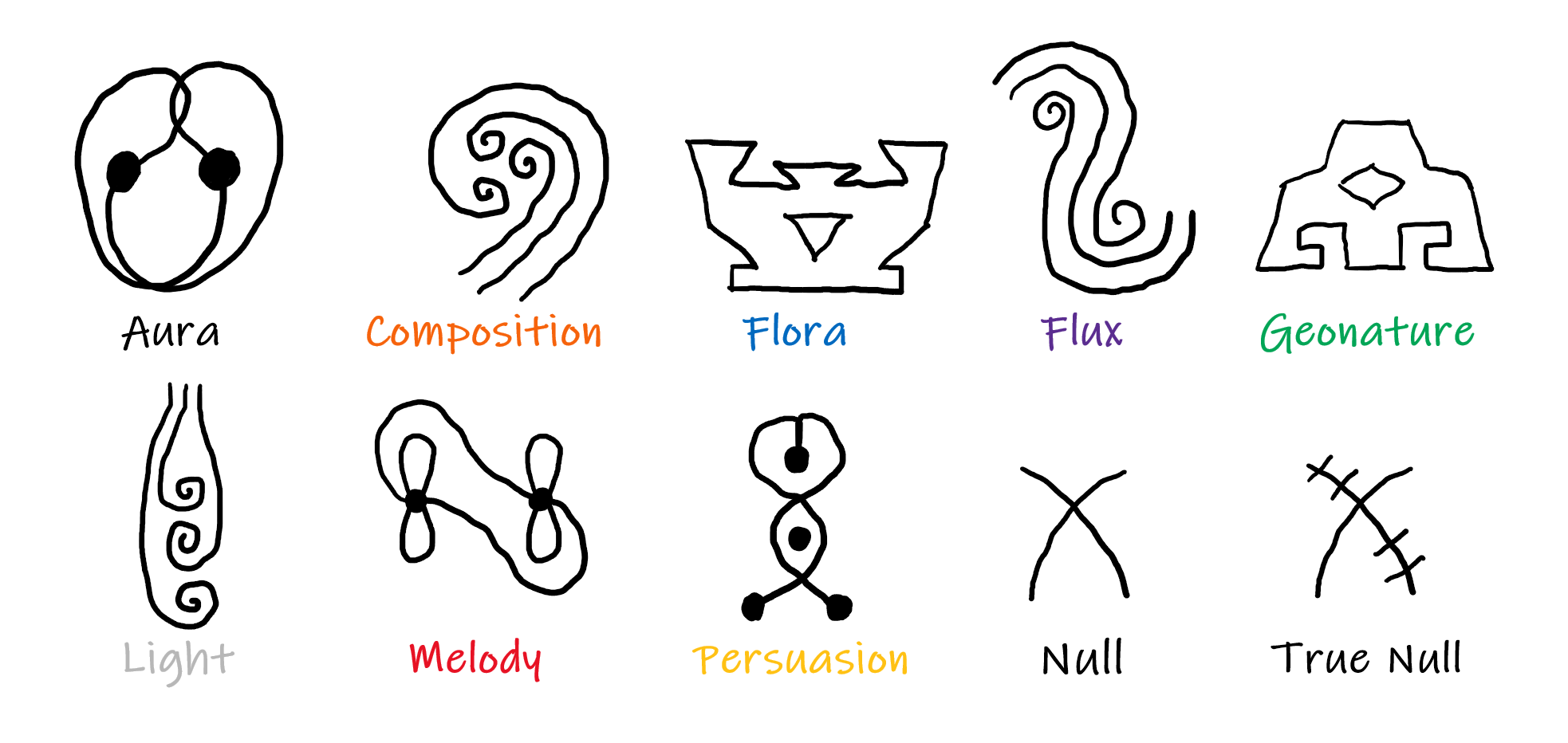Enmantic Tattoos
Enmantic tattoos are a way of physically marking the skin in order to denote a person's enmanity or lack thereof. Throughout history these were administered for many different reasons, including ethnic traditions and government mandates.
Each of the symbols had common nicknames.
Enmantic Tattoos during the Queendom Period
During the queendom period of Leland's history, enmantic tattoos were mandated by the age of 12. Children would undergo aptitude testing by government officials who would record the results, and then a specially licensed acufist would mark the child accordingly below the right ear. Those who were determined to be twice-gifted would be marked with both appropriate symbols, their primary enmanity being the larger of the two. These tattoos were unofficially used as a way of classifying people based on their enmanity and, potentially, special class. Most tattoos were done in black ink, but those of the Golden Noble Houses had their tattoos done in specially made gold ink, even those who were not imperants. Imperants of lower status were still marked in black ink. Any sort of intentional modification to these tattoos was a punishable offense by law for both the person who bore the tattoo and the person who modified it, whether this was a permanent modification (such as more tattoo work) or temporary modification (such as covering up with makeup or body paint). The only exception was for those in a theatrical setting. Concealing a tattoo while committing an unrelated crime would increase the length of any sentence. During this time, some ethnic groups continued to follow their own enmantic tattoo traditions in addition to the government-mandated ones.Enmantic Symbols
These symbols were developed as a way of clearly identifying someone's enmanity. Though they are no longer used the same way in modern day, they can still be seen as motifs in art and architecture from the period as well as in contemporary fashion and art.Each of the symbols had common nicknames.
- Aura: Spiritual Walnut
- Composition: Triple Curl
- Flora: Chalice
- Flux: Triple Flow
- Geonature: Temple
- Light: Inverted Torch
- Melody: Twin Petals
- Persuasion: Pea Pod
- Null: Ex
- True Null: Stricken Ex



Comments